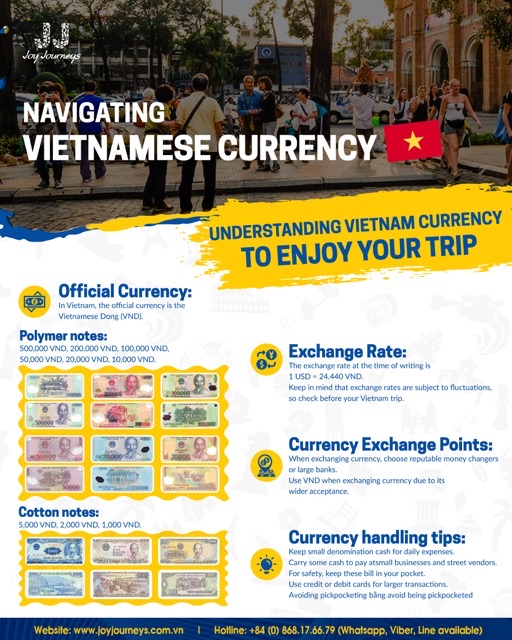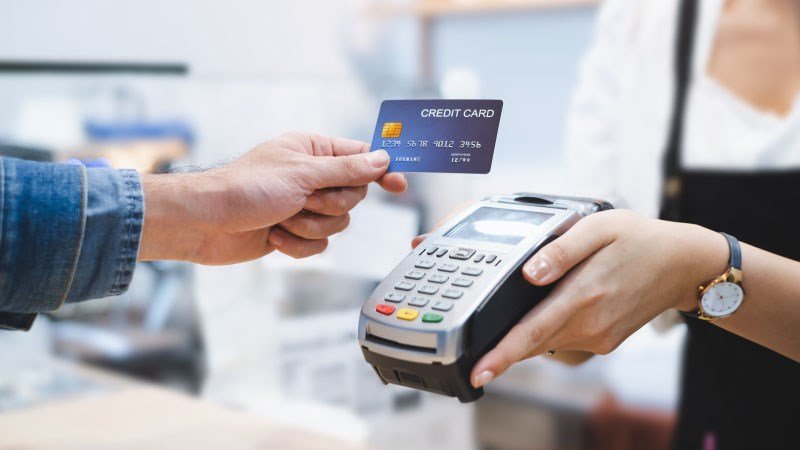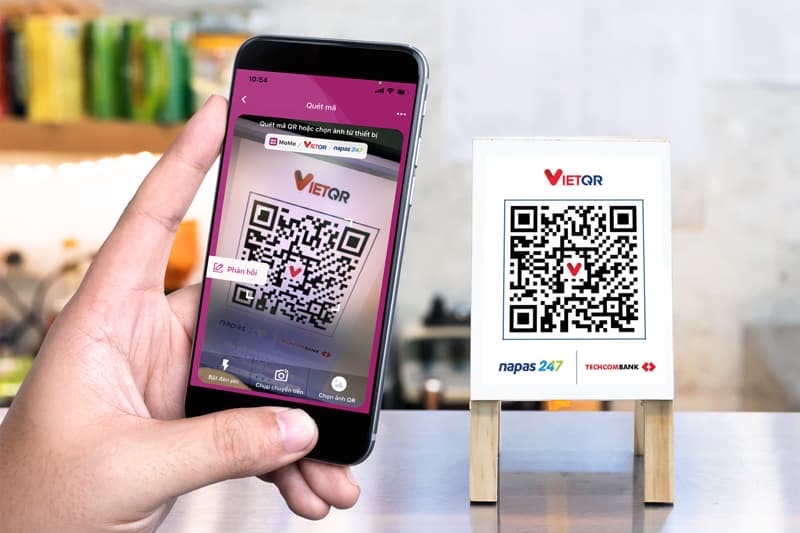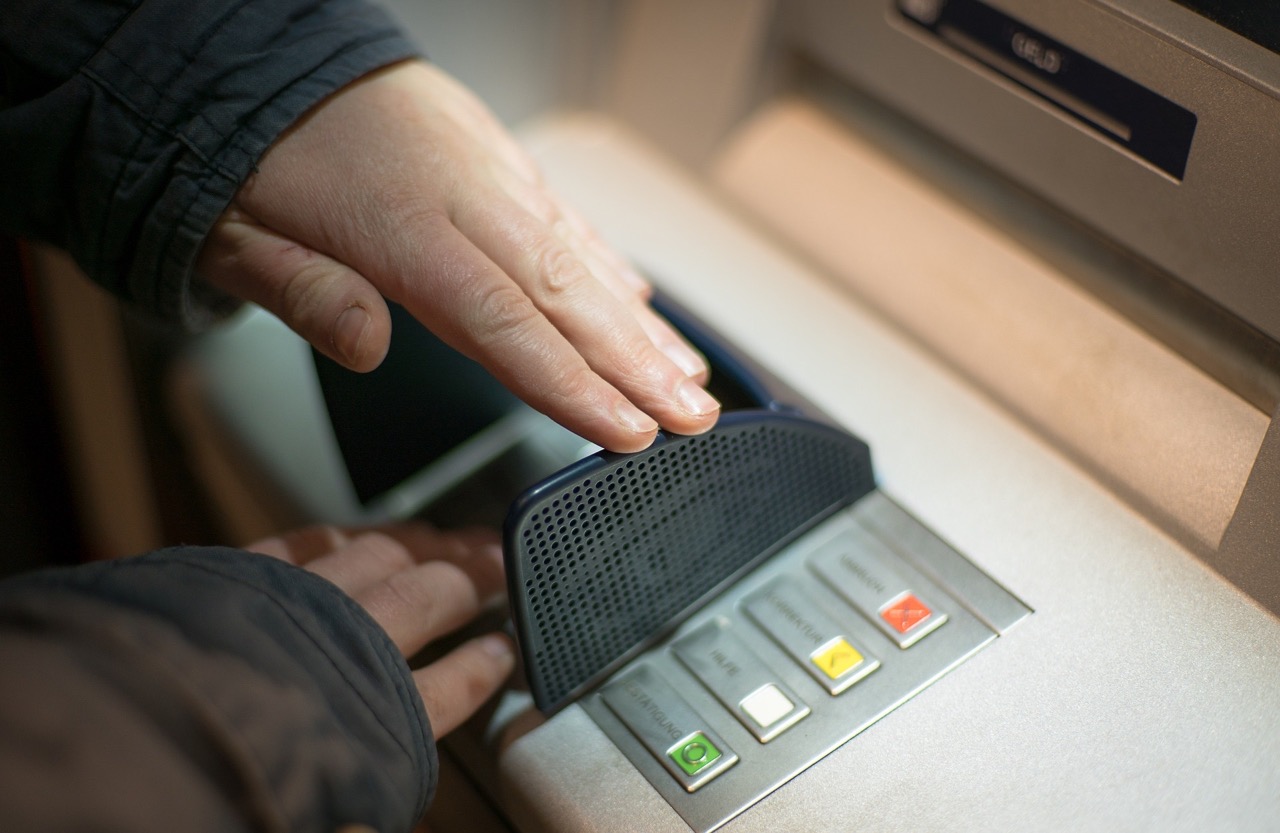Let’s explore about the nitty-gritty of “Payment Vietnam” From bustling markets to serene landscapes, we’ll make sure your financial journey is as breezy as the Mekong River. Ready for stress-free transactions? Let’s dive in!
See more: Cracking Vietnam’s Currency Secrets
Local Currency Information
Overview of the Vietnamese Dong (VND)
Vietnam’s vibrant culture and picturesque landscapes are not the only aspects that make it unique; its official currency, the Vietnamese dong (VND), plays a crucial role in daily transactions. The dong is denoted by the symbol “₫” and is subdivided into various denominations. Banknotes range from 1,000 VND to 500,000 VND, each reflecting Vietnam’s rich history and culture.
Understanding exchange rates is essential for travelers. As of December 21st, 2023 , the exchange rate is approximately 24,340 VND to 1 USD. However, rates may vary, and it’s advisable to check for real-time updates before making any transactions.
Additionally, the Vietnamese government strictly regulates the use of foreign currencies for transactions. While some businesses may accept U.S. dollars, it’s advisable to use the local currency to avoid potential issues.
Currency Exchange Tips for Travelers
Navigating the currency exchange landscape in Vietnam requires a bit of know-how. To get the best bang for your buck, consider the following tips:
- Optimal Exchange Spots: Banks and authorized currency exchange booths are your safest bets for reliable rates. Avoid exchanging money at airports or hotels, as their rates may not be as favorable.
- Awareness of Fees: Be mindful of transaction fees and commissions that exchange services may charge. Some places may offer seemingly attractive rates but offset them with high fees.
- Cash is King: While credit cards are becoming more widely accepted, having some cash on hand is essential, especially in more rural areas where card facilities may be limited.
- ATM Usage: ATMs are prevalent in urban areas and tourist hotspots. Choose ATMs affiliated with major banks to minimize withdrawal fees.

Currency Exchange in Vietnam Information
Accepted Payment Methods
Credit Card Acceptance in Vietnam
- Credit cards are gaining popularity in Vietnam, especially in urban centers and tourist destinations. Major credit card brands like Visa, Mastercard, and American Express are generally accepted in hotels, restaurants, and larger retailers.

Cards Are Accepted in Many Restaurants and Hotels – Source: Collected - However, it’s advisable to carry sufficient cash, especially when venturing into local markets, street vendors, or rural areas where card acceptance may be limited. Some establishments may also impose minimum purchase amounts for card transactions.
Prevalence of Cash Transactions
- Cash remains a prevalent and preferred method of payment in Vietnam. While credit cards are convenient, many smaller businesses, street markets, and local eateries may only accept cash.
- Ensure you have an adequate amount of dong when exploring local markets or remote areas. ATMs are widely available in cities and towns, allowing you to withdraw cash as needed. Be aware of any potential fees associated with ATM transactions.
Specific Payment Norms and Practices
- Understanding the local payment norms and practices enhances your cultural experience in Vietnam. Tipping is not a widespread practice, but it is appreciated, especially in upscale restaurants and for exceptional service.
- When making payments, a polite demeanor is valued. Handing money directly to the person or placing it on the tray provided is considered respectful. Bargaining is common in markets, but maintaining a friendly attitude is key.
Navigating Payment Vietnam Terrain
Vietnam’s payment landscape has evolved, blending traditional cash transactions with the convenience of credit cards. In major cities and tourist hubs, credit cards, including Visa and MasterCard, are widely accepted. However, to ensure a seamless experience, it’s advisable to carry a reasonable amount of cash, especially in remote areas where card acceptance may be limited.
Credit Card Acceptance in Vietnam
Tourist hotspots, upscale establishments, and large retailers in Vietnam embrace the convenience of credit cards. Notify your credit card provider about your travel plans beforehand to prevent any unforeseen security blocks during your stay. This proactive step ensures uninterrupted access to your funds when needed.
ATM Accessibility
In urban areas, ATMs are easily accessible, providing a convenient means to withdraw cash. However, it’s crucial to note that most ATMs in Vietnam primarily accept Visa and MasterCard. Keep in mind that certain ATMs may levy additional fees for international card transactions. Familiarize yourself with your bank’s fee structure and consider making larger withdrawals to minimize transaction charges.

Informing Your Bank
Prior to embarking on your Vietnam adventure, take a moment to inform your bank about your travel dates and destination. This simple precautionary measure prevents unexpected card blocks triggered by suspected fraudulent activities. By keeping your bank in the loop, you contribute to a hassle-free financial journey.
Digital and Online Payments Transforming Vietnam’s Financial Landscape
Popular Mobile Payment Services
- Vietnam’s digital revolution has significantly impacted the payment landscape, with GrabPay and MoMo emerging as leading players. Moca of Grab, integrated with the popular ride-hailing service Grab, and MoMo, VNPay, a versatile mobile wallet, have reshaped financial transactions.
- Positioned as a versatile mobile wallet, MoMo allows users to perform a myriad of transactions, from bill payments to online shopping. Its user-friendly interface and extensive merchant network contribute to its popularity.

Cashless Payment Vietnam Method – Source: Collected
How These Apps Enhance the Travel Payment Experience
- For travelers exploring Vietnam, digital payment apps like GrabPay and MoMo offer unparalleled convenience. They eliminate the need for physical currency, providing a secure and efficient way to handle transactions on the go.
- With these apps, users can pay for services ranging from transportation to meals with a few taps on their smartphones. This streamlines the payment process, reducing the reliance on cash.
- The intuitive interfaces of GrabPay and MoMo cater to both locals and international travelers. Setting up an account is straightforward, and the apps support multiple languages to ensure accessibility for all users.
- Both apps often provide exclusive discounts, promotions, and loyalty programs. Travelers can enjoy cost savings and additional perks by leveraging these special features, enhancing their overall payment experience.
Rising Trend of Online Payments in Vietnam
Vietnam is witnessing a surge in online payments, driven by the rapid growth of e-commerce platforms and a digital-savvy population. E-commerce giants and local businesses alike are embracing online payment solutions to meet the evolving needs of consumers.
Factors Driving the Trend:
- E-commerce Boom: The flourishing e-commerce sector is a primary catalyst, with platforms like Shopee and Lazada becoming integral to consumers’ shopping habits.
- Tech-Savvy Population: Vietnam’s tech-savvy population, especially the younger demographic, is embracing the convenience and efficiency of online transactions.
- Government Initiatives: Government initiatives promoting digitalization and financial inclusion are contributing to the widespread adoption of online payment methods.
Secure Online Payment Options for Tourists
- For tourists engaging in online transactions in Vietnam, ensuring security is paramount. Fortunately, the country offers robust and secure online payment options.
- Leading payment gateways like OnePAY and NganLuong are widely trusted for their reliability and security features. These gateways facilitate seamless transactions for online purchases and bookings.
- State-of-the-art encryption technologies safeguard sensitive information during online transactions. Websites and apps integrating secure socket layer (SSL) protocols ensure that payment details are encrypted and protected.
- Many online platforms implement multi-factor authentication and one-time password features to add an extra layer of security. This ensures that only authorized users can complete transactions, enhancing the safety of online payments.
- Ensuring Safety and Security in Your Payment Transactions in Vietnam
- As you embark on your journey through the enchanting landscapes of Vietnam, ensuring the safety and security of your payment transactions is paramount. This guide aims to address concerns, provide practical tips, and shed light on common practices that contribute to a secure financial experience in this vibrant country.
Tips for Secure Financial Transactions During Travel
While security measures are in place, it’s advisable for travelers to take some extra precautions for secure financial transactions:
- Protect Personal Information: Avoid sharing sensitive information in public spaces. Shield your PIN when using ATMs and only provide personal details to reputable service providers.

Don’t Let Others Know Your PIN – Source: Collected - Use Secure Networks: When accessing online banking or making digital payments, use secure and trusted networks. Avoid using public Wi-Fi for financial transactions to minimize the risk of data interception.
- Monitor Account Activity: Regularly check your bank statements and transaction history. Promptly report any unauthorized or suspicious activities to your bank.
- Notify Your Bank: Inform your bank about your travel dates and destination. This proactive step prevents unexpected card blocks due to suspected fraudulent activities.
Common Practices for Safe Payments
Understanding local payment customs enhances your cultural experience and contributes to safe transactions. In Vietnam:
- Tipping: While not mandatory, tipping is appreciated, especially in upscale restaurants and for exceptional service.
- Bargaining: Common in markets, bargaining is part of the culture. Approach it with a friendly demeanor, and don’t hesitate to negotiate for fair prices.
- Cash Handling: When exchanging money or making payments, adopt a respectful approach. Hand money directly to the person or place it on the tray provided.
Avoiding Scams and Fraudulent Activities
- Verifying Payment Platforms: Stick to reputable payment platforms and official channels. Avoid making payments through unofficial or unverified channels.
- Cautious of Offers: Be skeptical of unsolicited offers, especially those that seem too good to be true. Verify the legitimacy of promotions or discounts before providing any payment information.
- Report Fraud: If you encounter any fraudulent activities, promptly report them to the local authorities and your bank.
Conclusion
In conclusion, our exploration of Vietnam’s payment methods, including credit cards, ATMs, and digital options, underscores the importance of understanding local customs and securing online transactions. Empowered with this knowledge, travelers can confidently embark on a seamless financial journey through Vietnam, indulging in its captivating landscapes, savoring local cuisine, and creating lasting memories with the assurance that they’ve mastered the art of payments in this enchanting country. Your Vietnamese adventure awaits with confidence.


Related Posts
Authentic Mekong Delta Cooking Class Experiences: Delicious!
Mekong Delta is a destination that many tourists include on their “must-visit” list when traveling to Vietnam. This is not only due to its stunning natural beauty, warm and welcoming locals, and vibrant culture but also its rich and delectable cuisine. For this reason, many visitors seek tours featuring cooking classes in the Mekong Delta […]
Authentic reviews from visitors to Cu Chi Tunnels
Cu Chi Tunnels are considered one of the must-visit destinations in Vietnam, offering a profound glimpse into the country’s rich history. This remarkable site provides visitors with fascinating insights into the lives of those who once inhabited the tunnels during wartime. Every year, it draws millions of travelers, both domestic and international, eager to experience […]
Impact of the Vietnam War on Cu Chi
Having withstood two intense wars, the Cu Chi tunnels have become a captivating historical destination for visitors. These tunnels were not only a formidable line of defense but also a crucial site for weapon production, hiding, and strategic planning, playing a vital role in the resilience of the Vietnamese army and people throughout nearly 30 […]